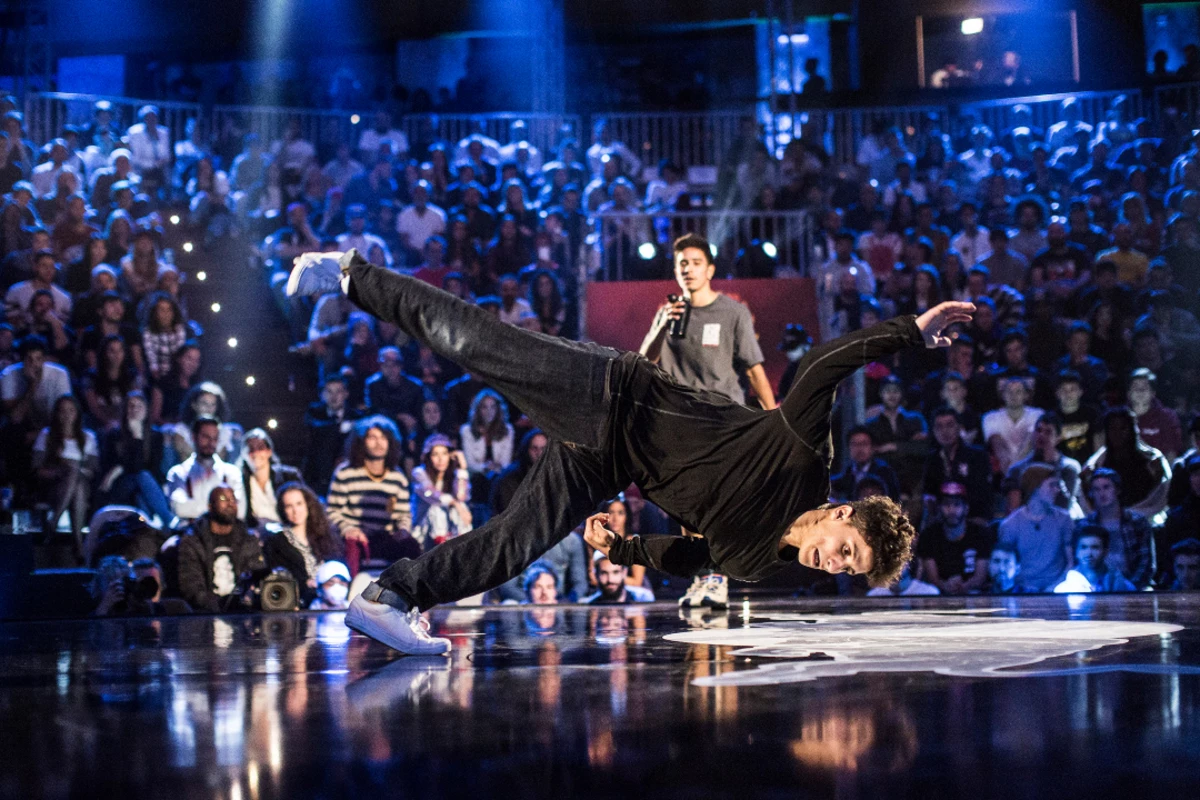History of Breakdancing in the Olympics

Breakdancing, a dynamic and expressive dance form that emerged from the streets of New York City in the 1970s, has witnessed a remarkable journey from its humble beginnings to its potential inclusion in the Olympic Games. This evolution is a testament to the enduring power of this art form, its ability to transcend cultural boundaries, and its growing recognition as a legitimate sport.
Breakdancing’s Origins and Early Evolution
Breakdancing’s roots can be traced back to the 1970s in the Bronx borough of New York City. It was born out of the vibrant street culture of the time, drawing inspiration from various dance styles, including funk, jazz, and martial arts. Early breakdancers, known as “B-boys” and “B-girls,” developed unique moves and techniques, often performing in parks, street corners, and community centers. The early years of breakdancing were marked by improvisation, creativity, and a strong emphasis on individuality. Breakdancing’s popularity began to spread beyond New York City in the late 1970s and early 1980s, fueled by the release of films like “Wild Style” and “Beat Street” and the rise of hip-hop music.
Breakdancing Techniques and Judging Criteria: Breakdancing Olympics

Breakdancing, also known as B-boying/B-girling, is a dynamic and visually captivating dance style that has evolved into a global phenomenon. The intricate footwork, acrobatic power moves, and expressive improvisation make it a thrilling spectacle. To fully appreciate the artistry of breakdancing, understanding the techniques and judging criteria is crucial.
Breakdancing Techniques, Breakdancing olympics
Breakdancing encompasses a wide range of techniques, each requiring significant skill, strength, and coordination. The fundamental techniques can be broadly categorized into four main styles:
- Top Rock: Top Rock refers to the dance moves performed while standing. It involves intricate footwork patterns, often incorporating elements of other dance styles like hip-hop, funk, and jazz.
- Footwork: Footwork, also known as “groundwork,” is performed while on the ground, primarily involving rapid and complex foot movements. It’s a crucial element of breakdancing, showcasing agility, balance, and rhythm.
- Power Moves: Power moves are the acrobatic and gravity-defying elements of breakdancing. These moves require immense strength, flexibility, and control, and are often characterized by spins, flips, and rotations. Popular power moves include the “windmill,” “headspin,” “backspin,” and “flare.”
- Freezes: Freezes are stationary poses that breakdancers hold at the peak of their movements, showcasing balance, strength, and creativity. These poses often involve defying gravity, maintaining balance on one hand, or creating visually striking silhouettes.
Judging Criteria
Breakdancing competitions are judged based on a combination of technical skill, artistry, and performance quality. Judges typically evaluate performances across several criteria:
| Category | Criteria | Explanation |
|---|---|---|
| Power Moves | Execution, Variety, Difficulty | Judges assess the cleanness and precision of the power moves, the range of moves showcased, and the level of difficulty. They look for smooth transitions, controlled landings, and innovative variations. |
| Footwork | Rhythm, Speed, Creativity | Judges evaluate the dancer’s ability to maintain rhythm, execute rapid footwork patterns, and demonstrate creative footwork combinations. They also consider the dancer’s ability to incorporate footwork seamlessly into other techniques. |
| Creativity | Originality, Style, Flow | Judges assess the dancer’s unique style, their ability to develop original moves and combinations, and the overall flow and coherence of their performance. They look for dancers who express themselves creatively and push the boundaries of the art form. |
| Music Interpretation | Rhythm, Dynamics, Expression | Judges assess the dancer’s ability to connect with the music, interpret its rhythm and dynamics, and express themselves through their movements. They look for dancers who use the music as a source of inspiration and translate its energy and emotions into their performance. |
Breakdancing’s Impact on Culture and Society

Breakdancing, a vibrant and energetic dance form, has transcended its origins as a street dance to become a global cultural phenomenon, leaving an indelible mark on society. From its roots in the Bronx, New York, breakdancing has not only shaped youth culture but also influenced other art forms and served as a platform for social change.
Breakdancing’s Influence on Youth Culture
Breakdancing emerged as a powerful expression of youth culture in the 1970s, providing a means for young people to express themselves creatively and connect with their peers. The dance style, characterized by its athleticism, improvisation, and intricate footwork, became a symbol of urban life, particularly in marginalized communities. Breakdancing provided a sense of belonging, empowerment, and identity for young people who were often excluded from mainstream society.
Breakdancing olympics – Breakdancing’s inclusion in the Olympics has sparked a wave of excitement, proving that even the most unexpected sports can reach the global stage. This shift in athletic recognition reminds us of the power of consumer activism, as seen in the dunkin donuts boycott rumble , where consumers successfully pressured a major corporation to change its policies.
Perhaps the Olympic stage will inspire more individuals to fight for their passions and push for change in their own communities, much like the breakdancing pioneers who paved the way for this new era in athletic competition.
The inclusion of breakdancing in the Olympics has sparked a global resurgence in the art form, inspiring a new generation of dancers. While breakdancing is all about raw energy and athleticism, it also requires a deep understanding of music, much like the iconic basslines of Justin Simmons from KISS.
Just as Simmons’s bass lines provide the foundation for KISS’s anthems, breakdancing relies on a strong rhythmic base to build its dynamic and captivating performances.